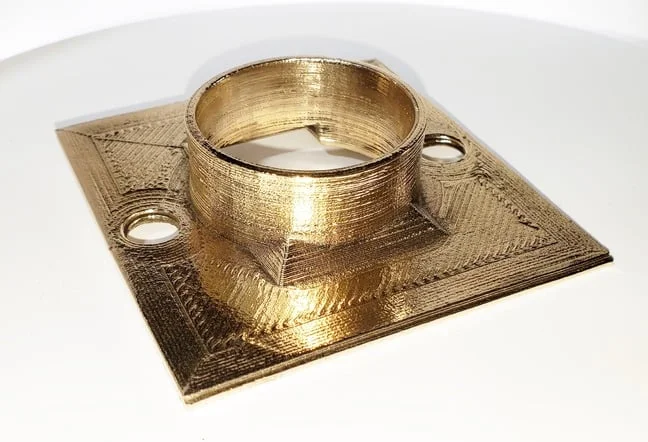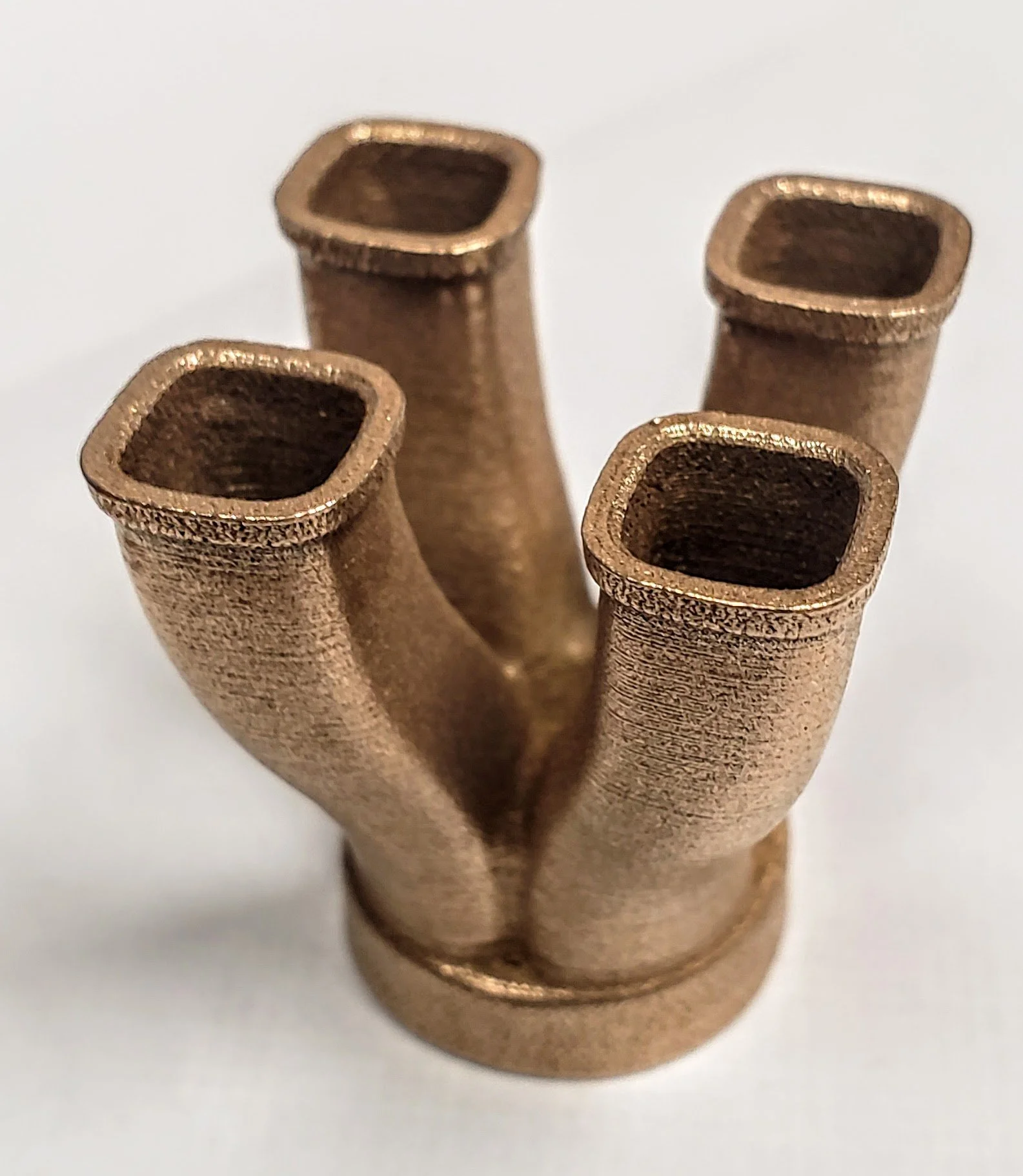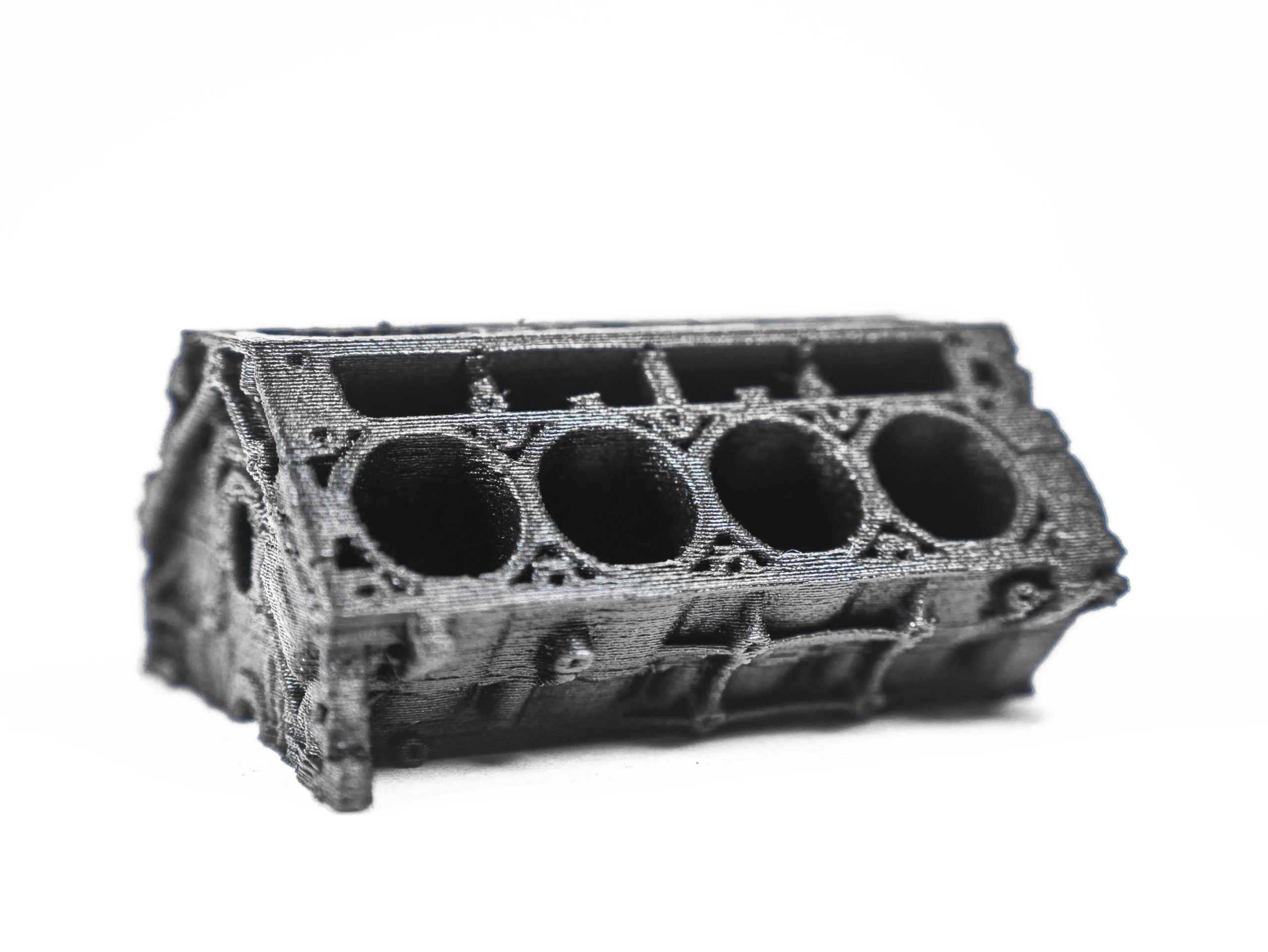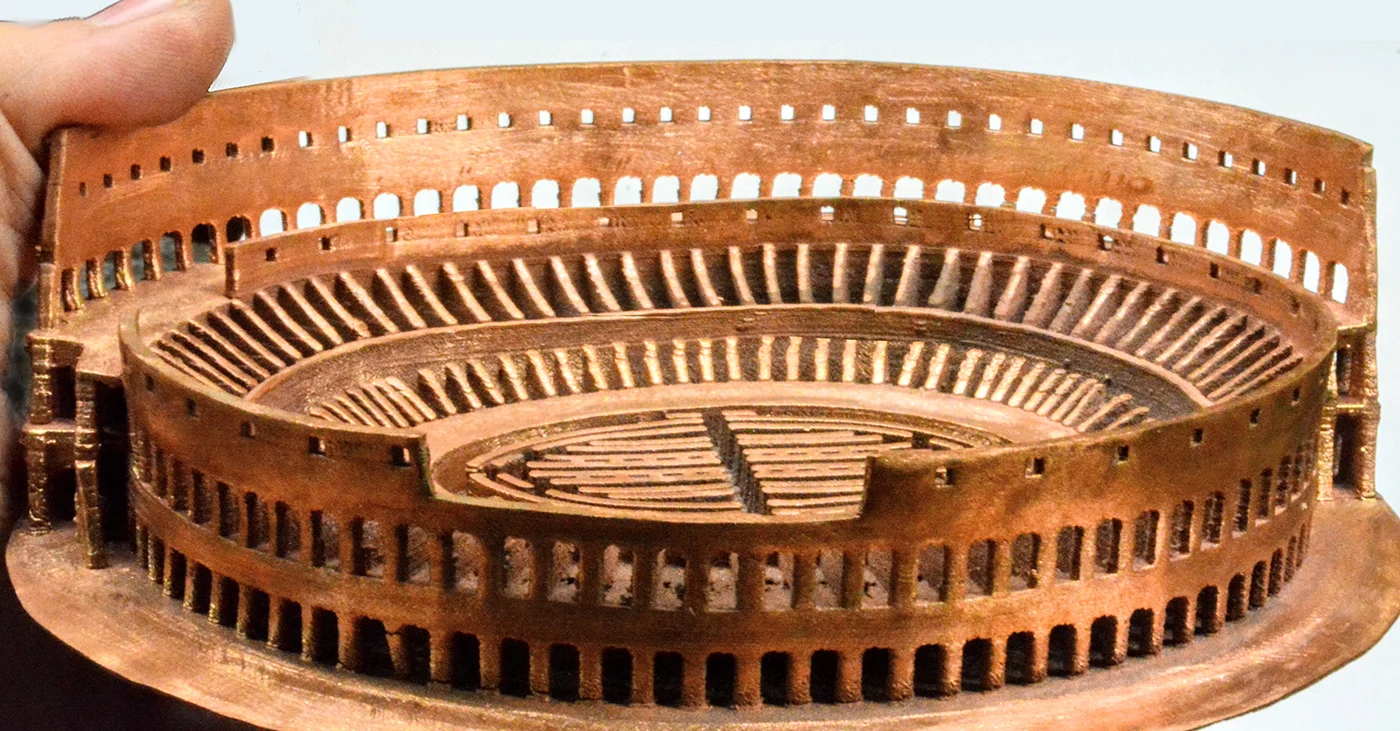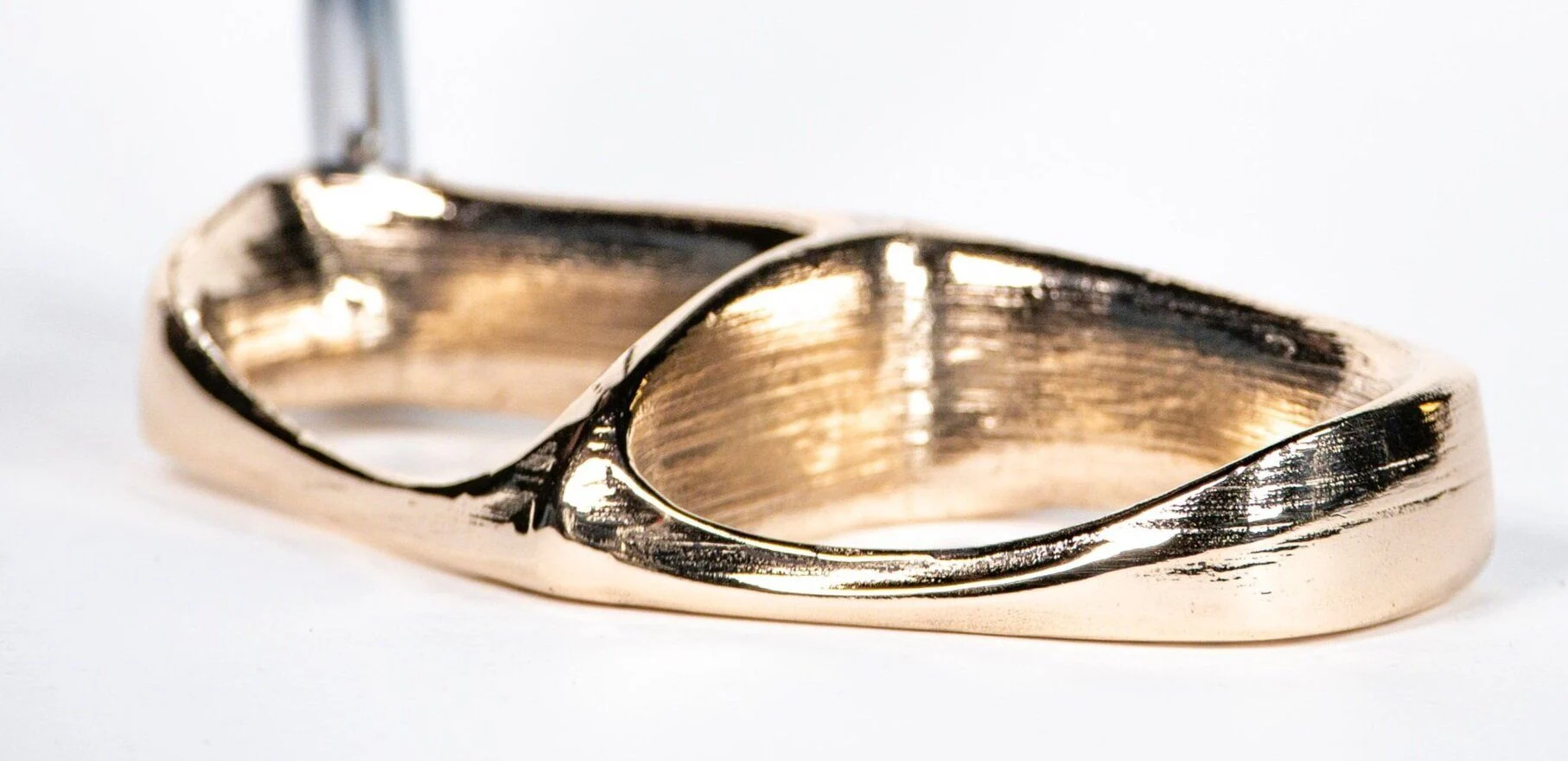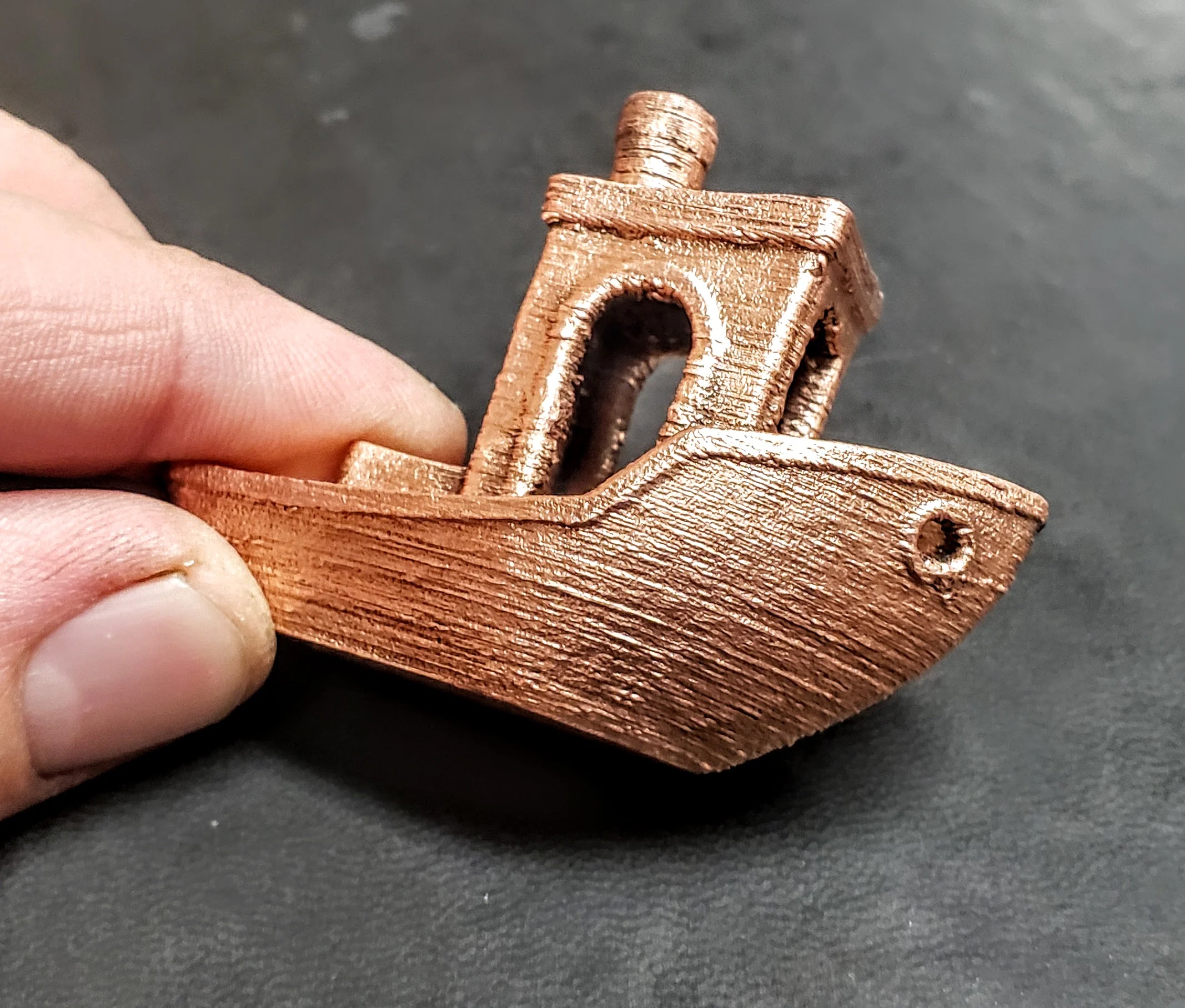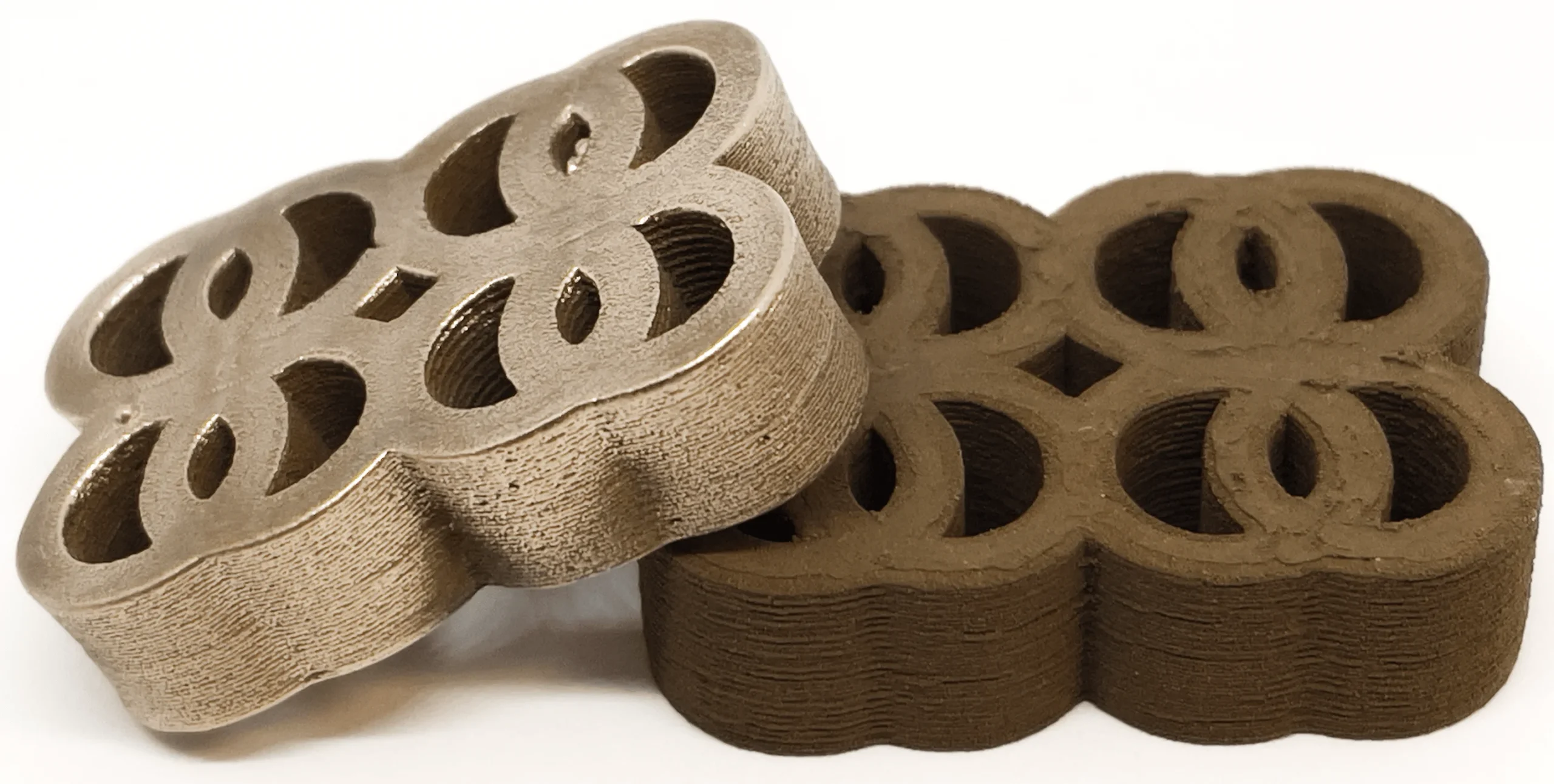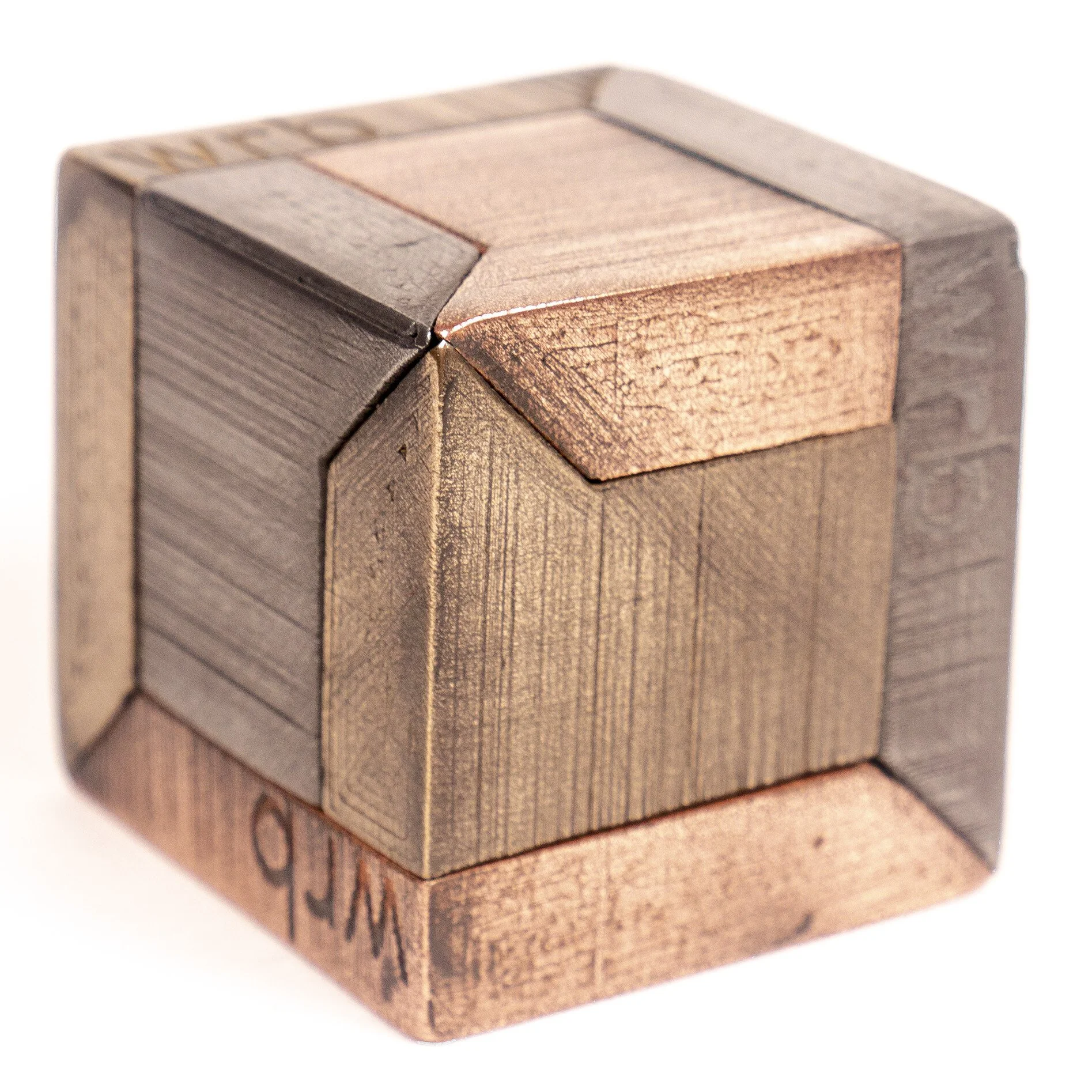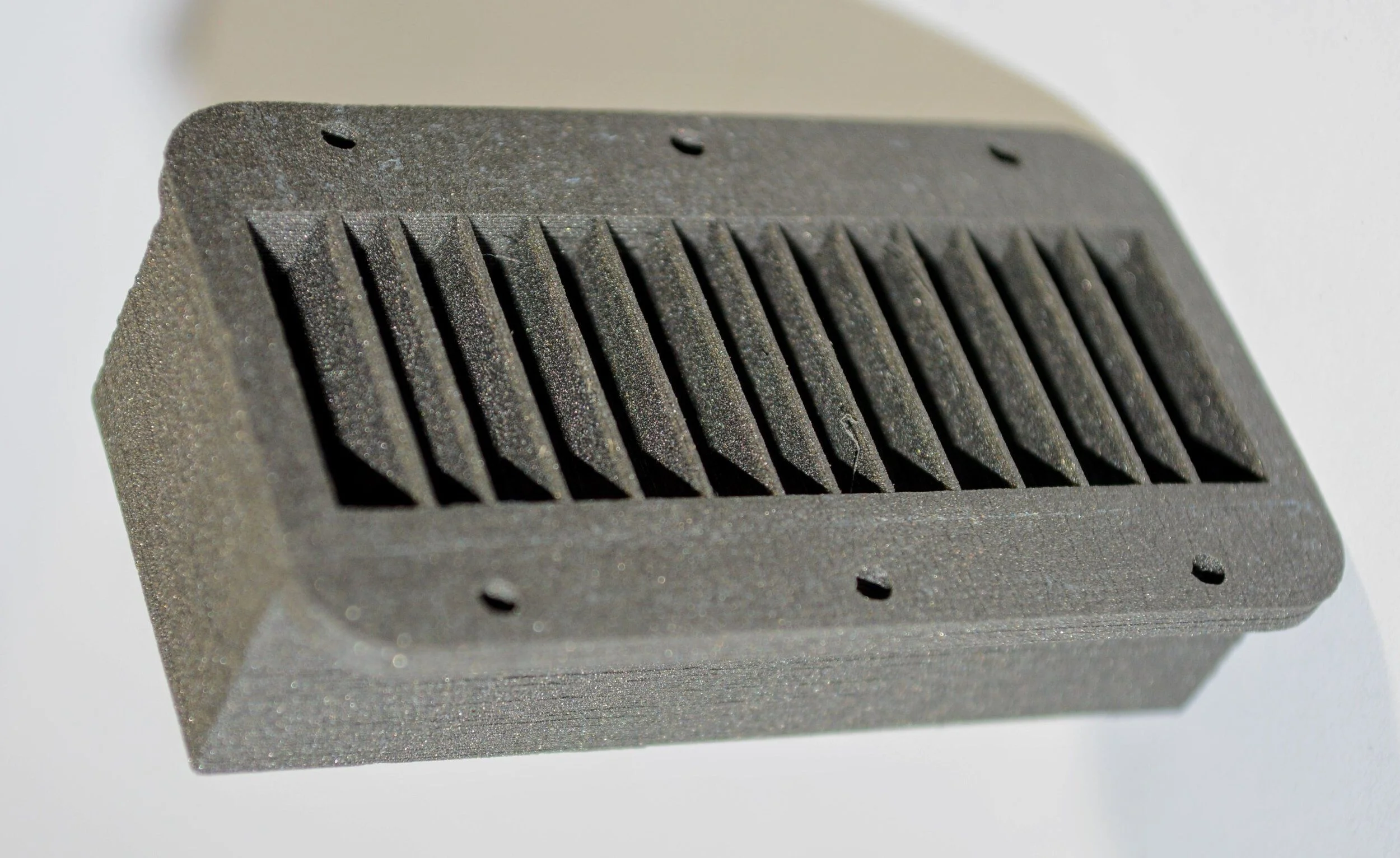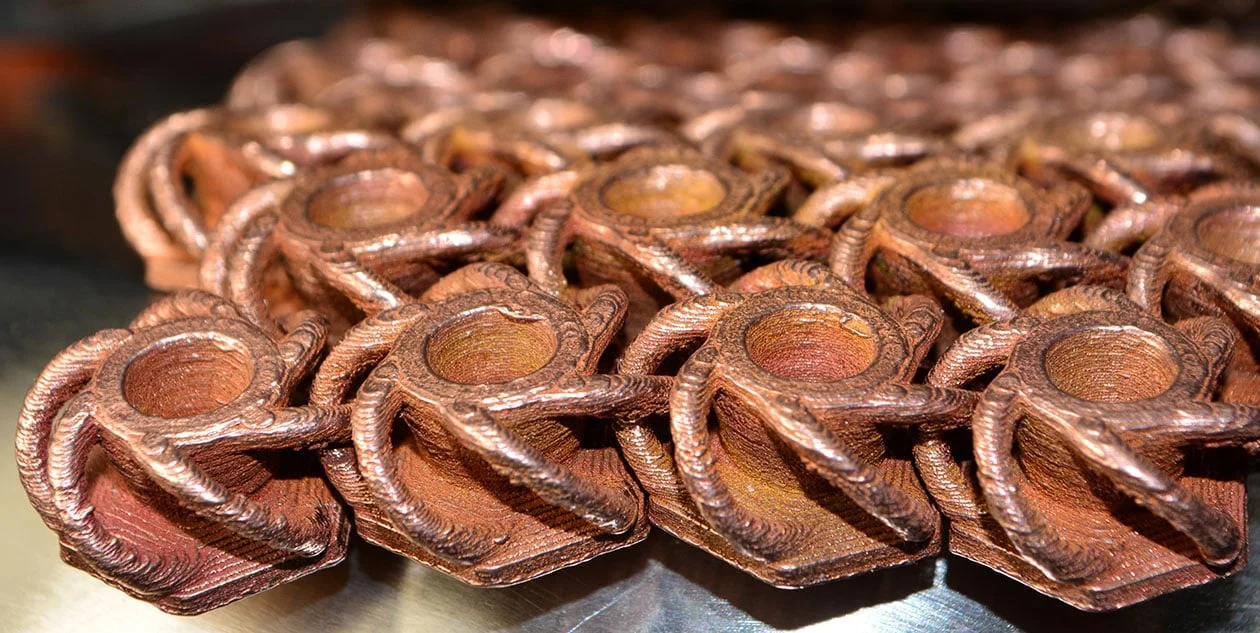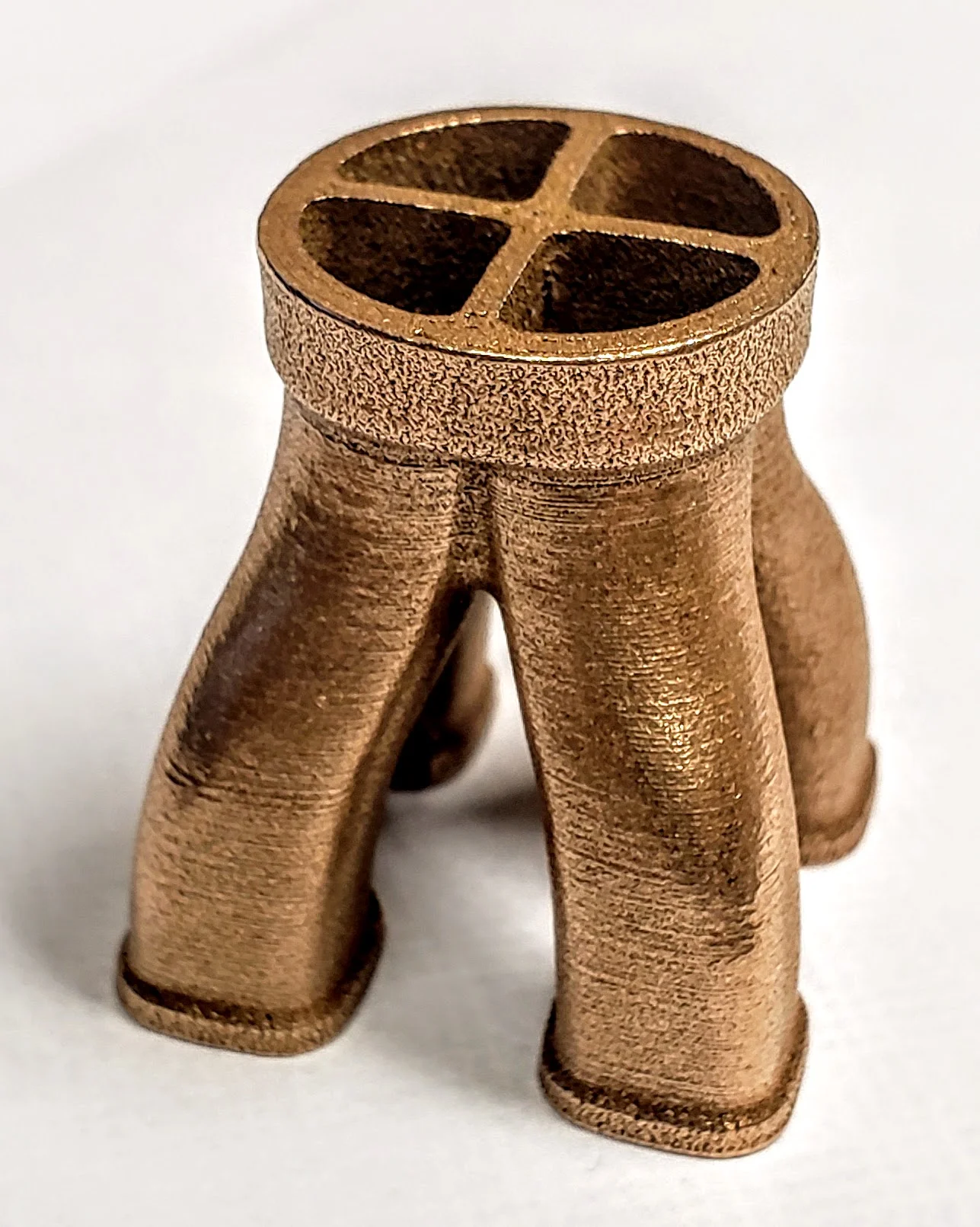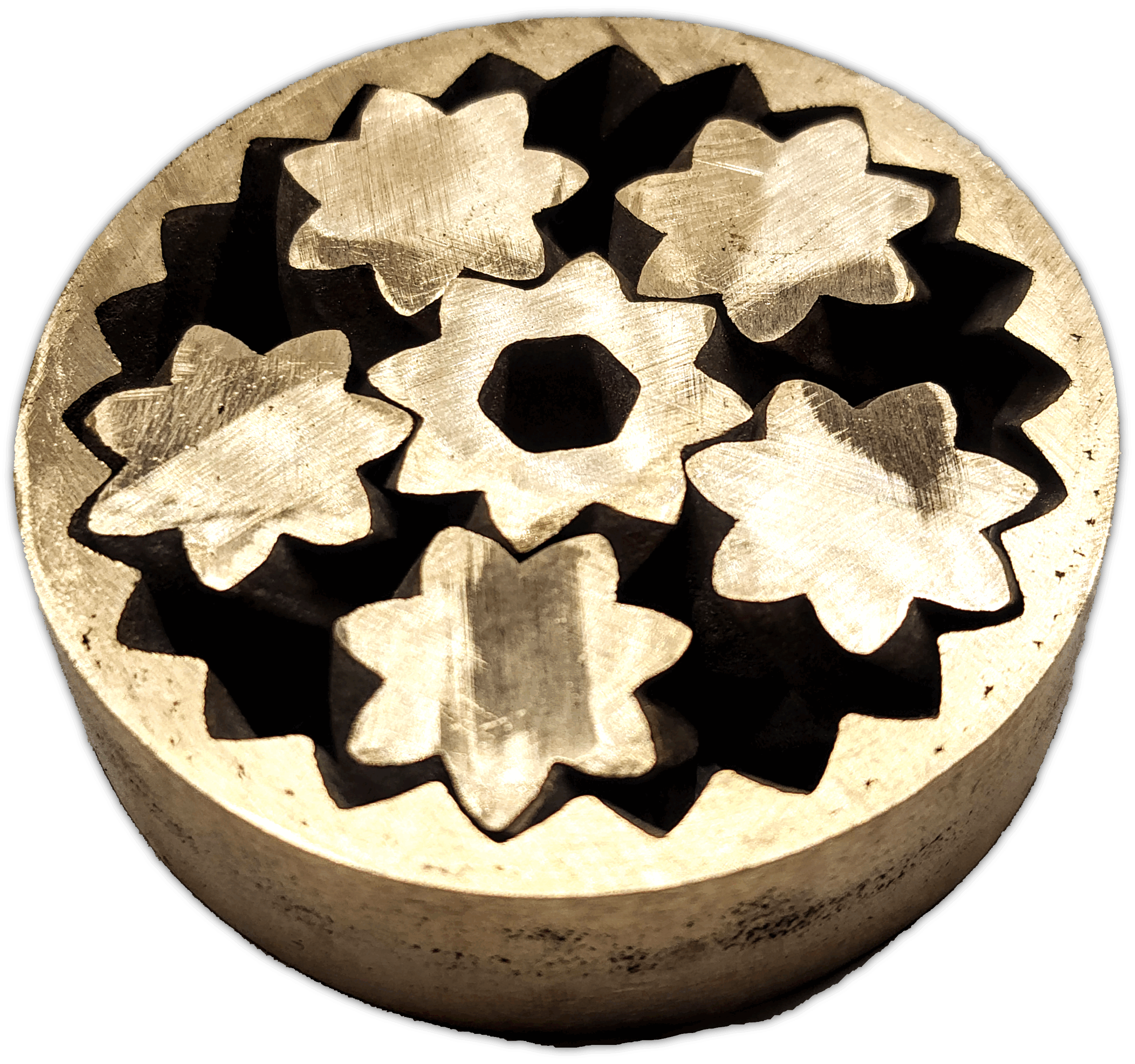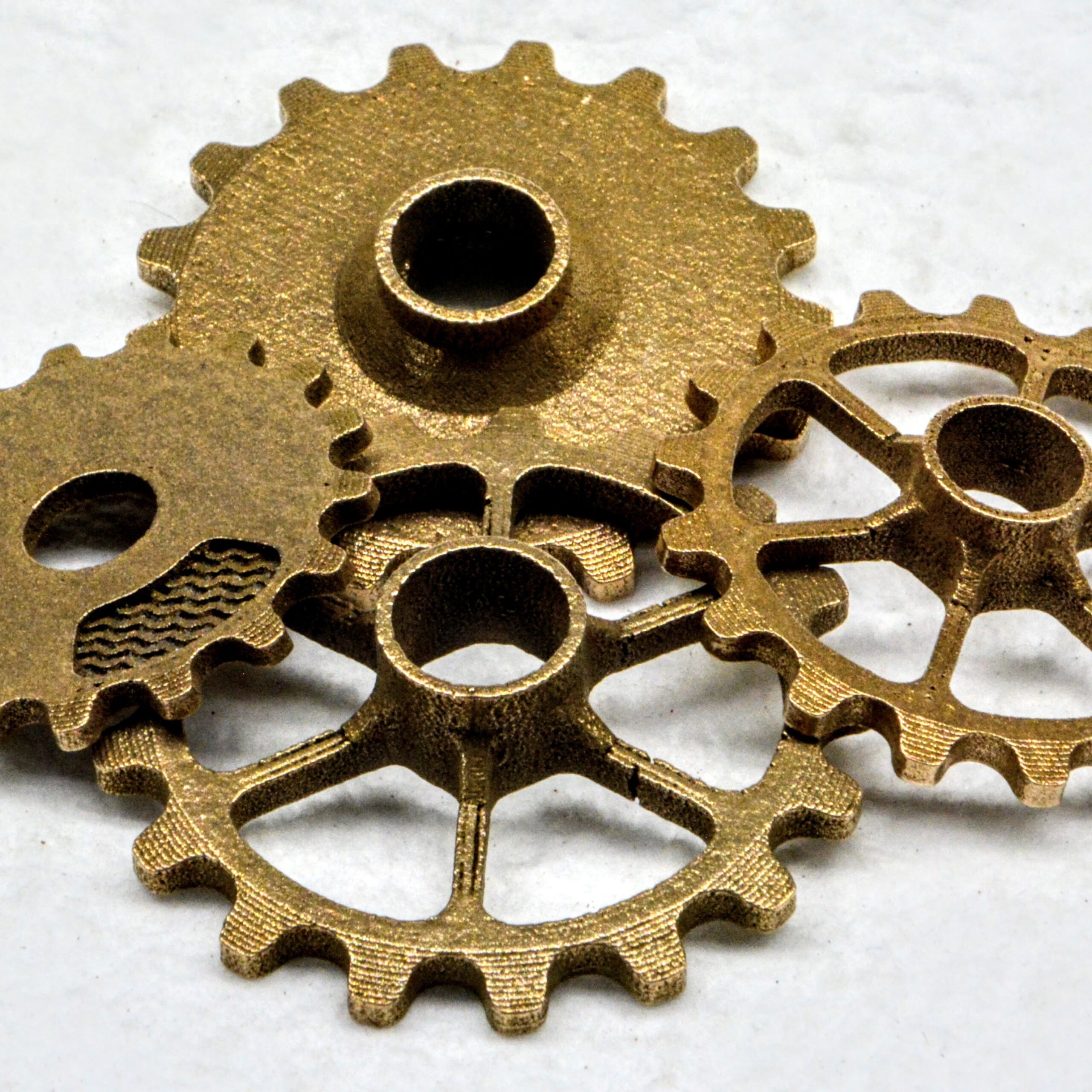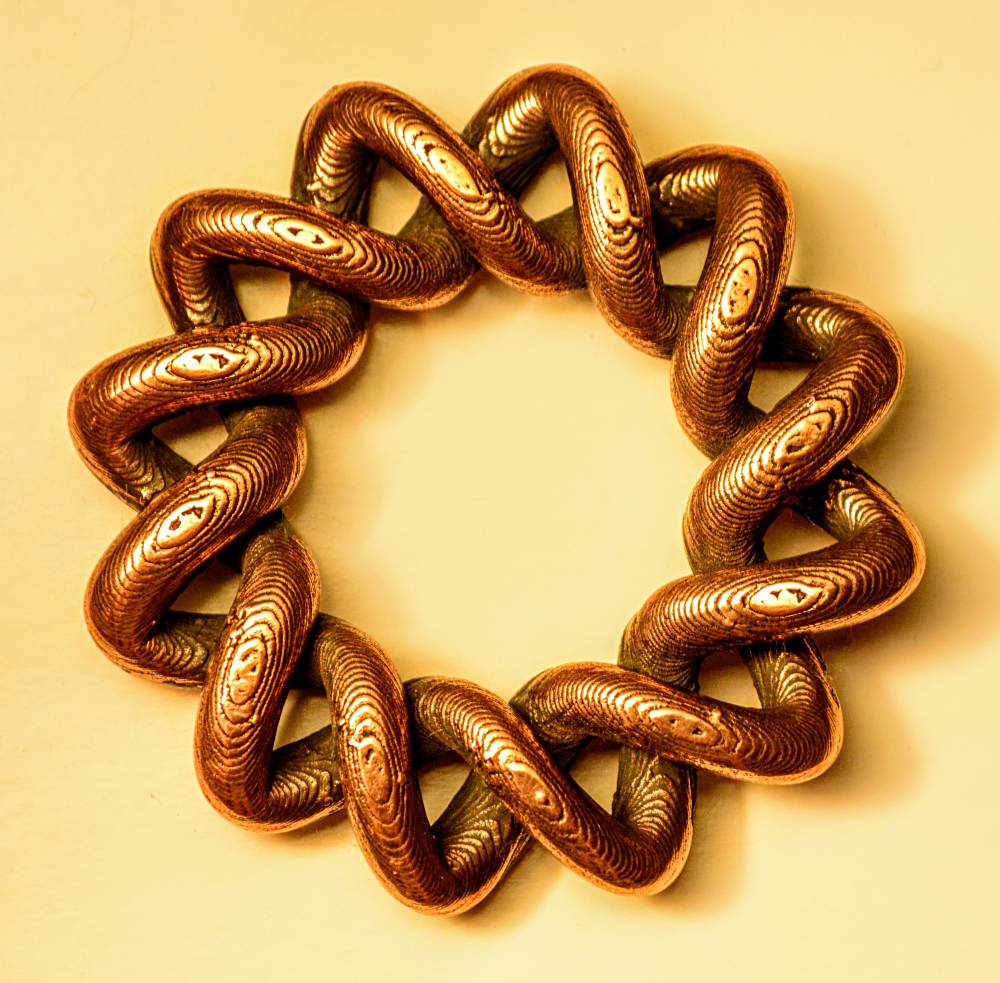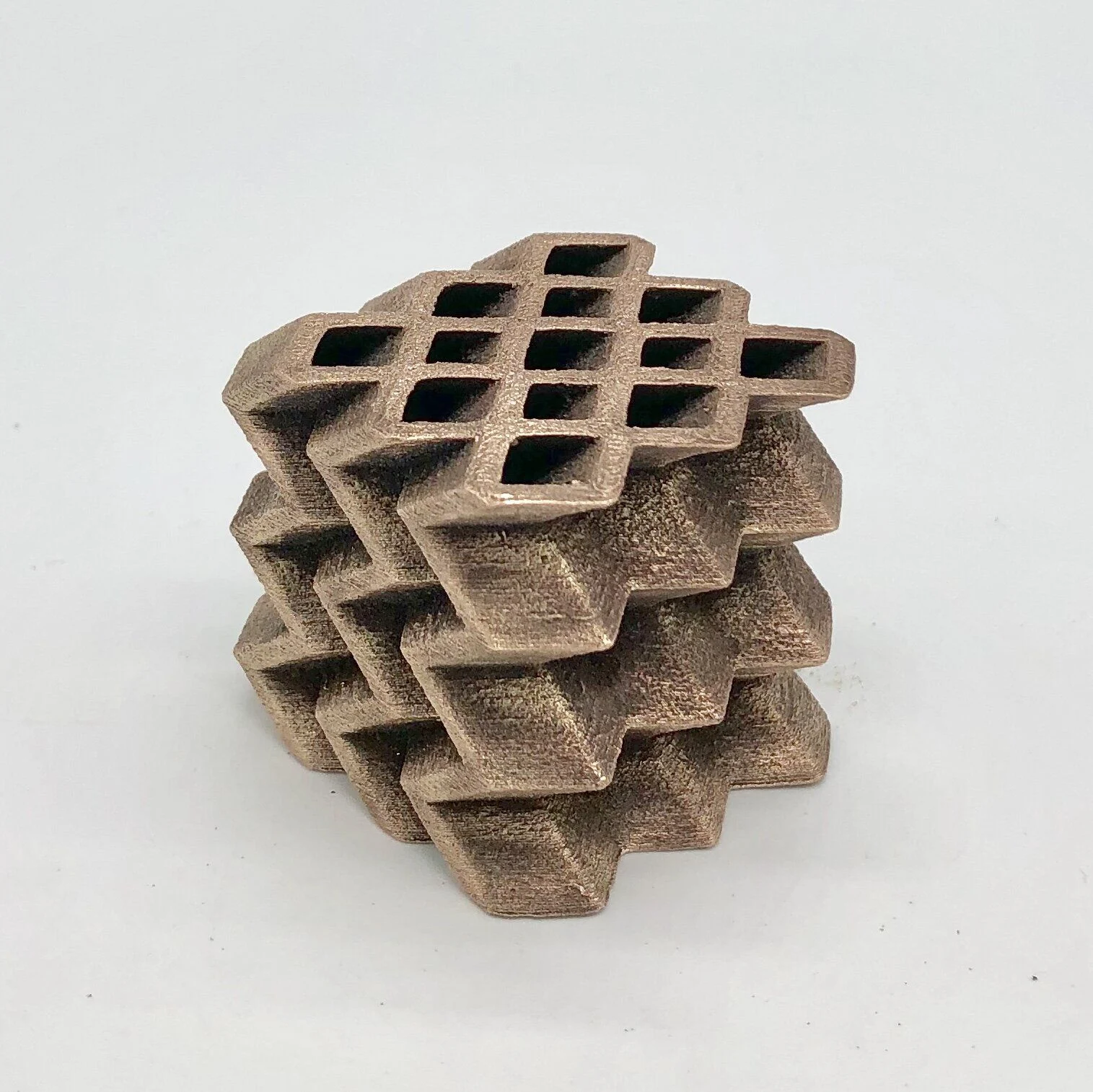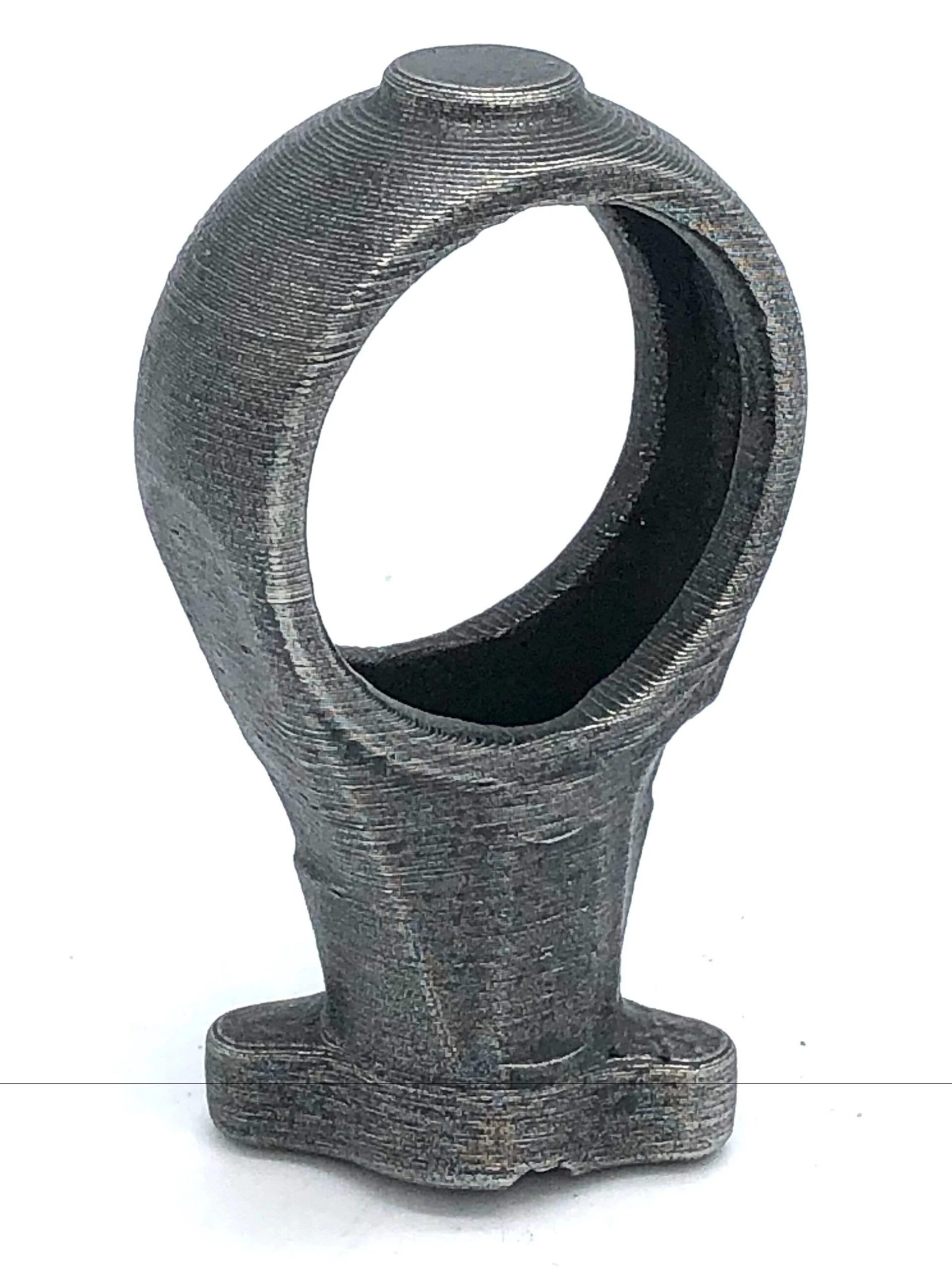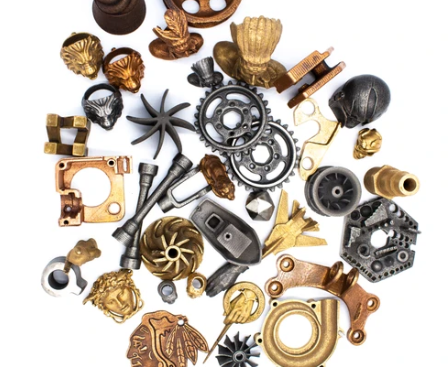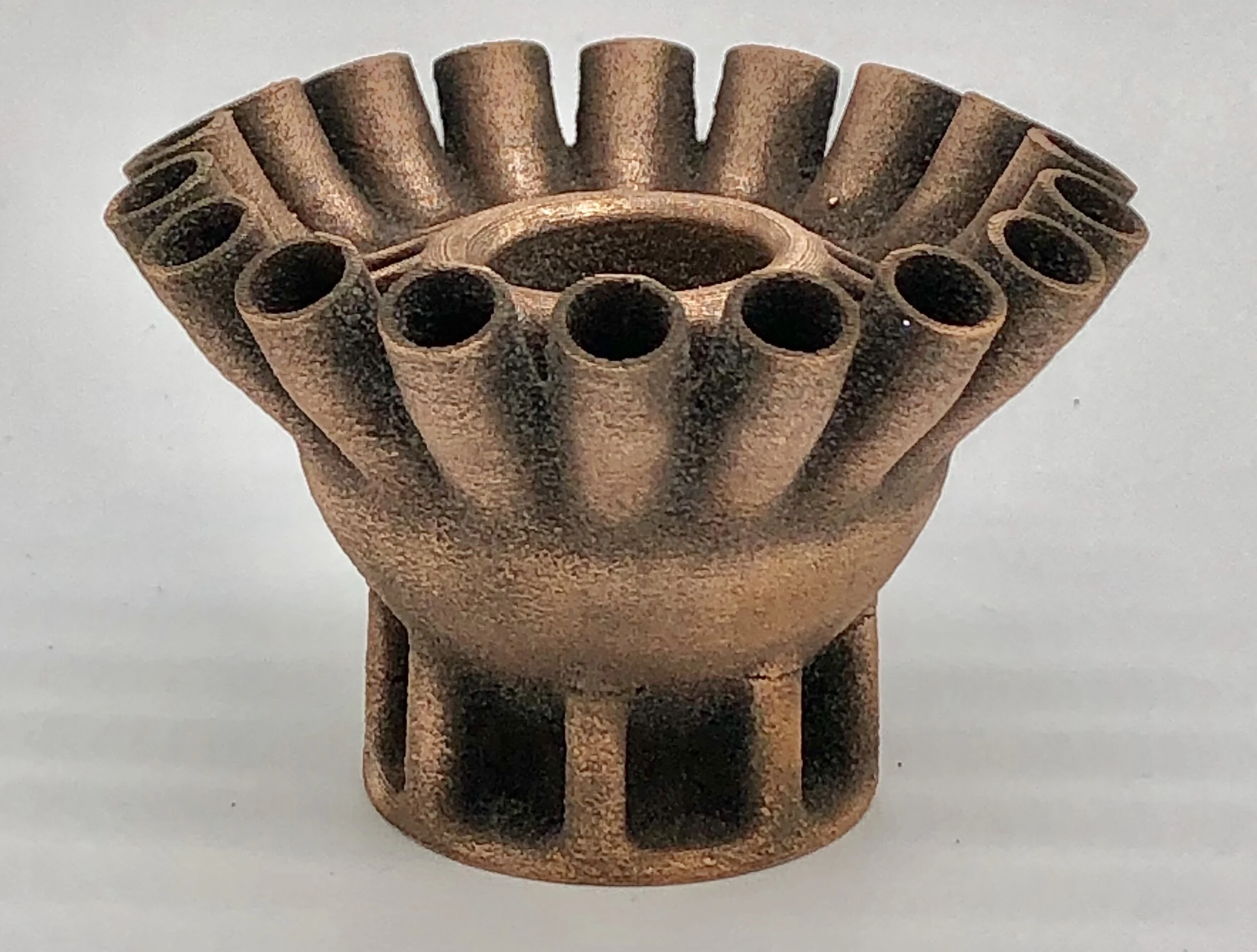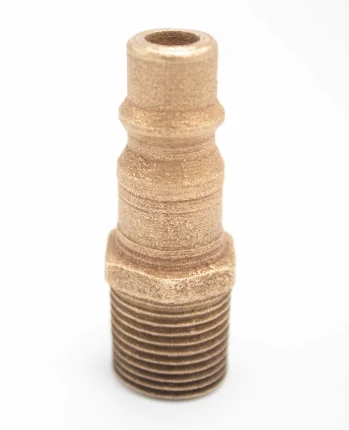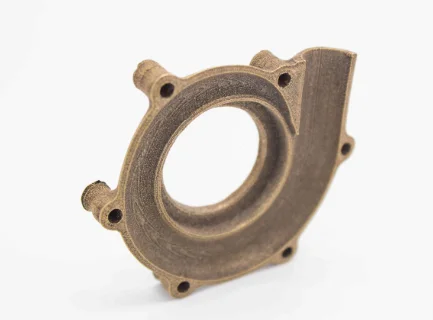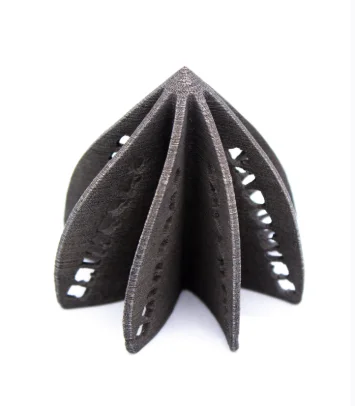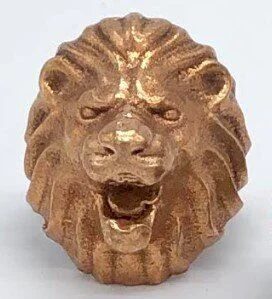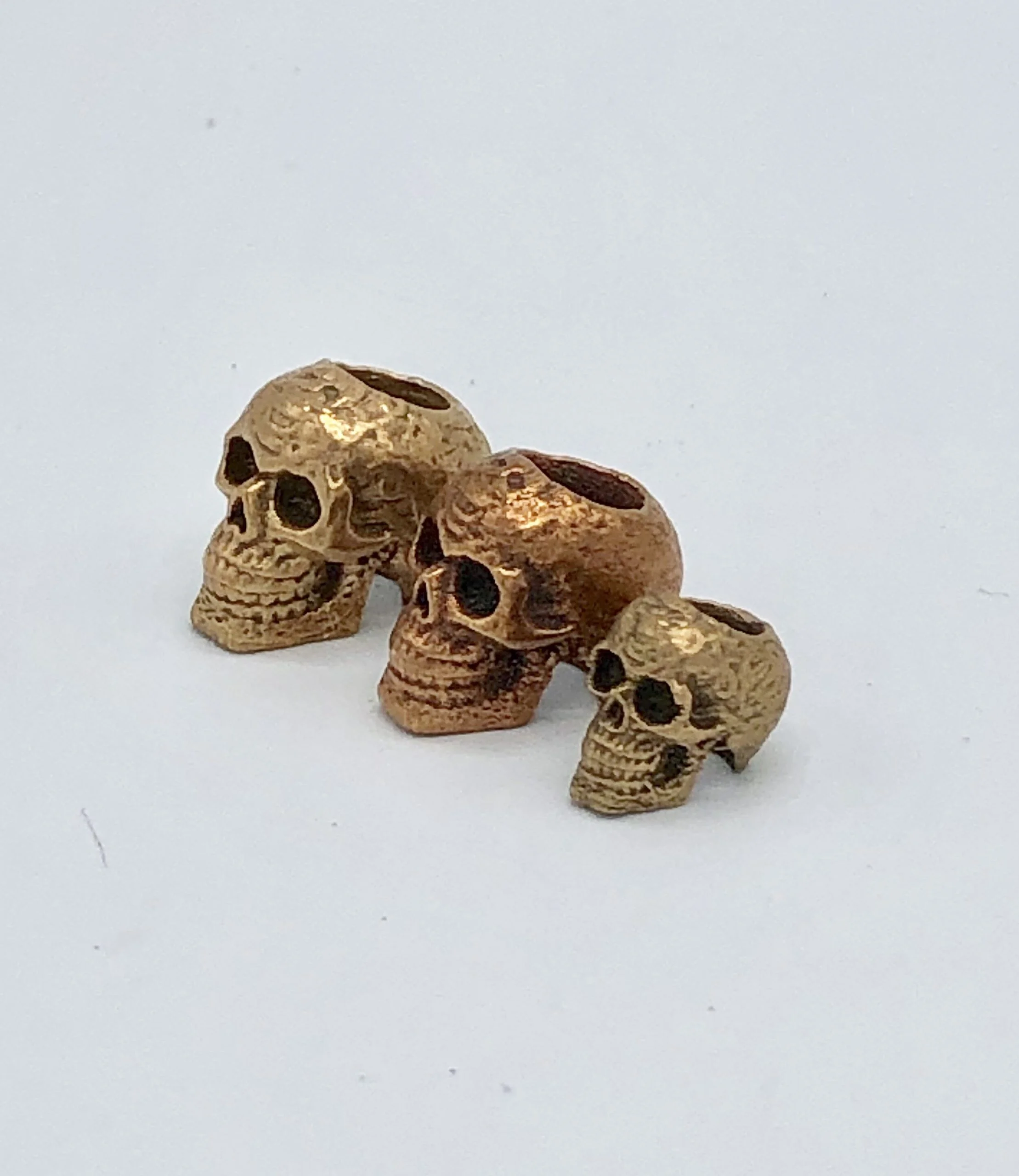Frequently Asked Questions
How does a virtual foundry work?
A virtual foundry works by utilizing advanced metal 3D printing technologies to create parts from digital designs. This process involves the use of specialized materials like Filamet™, enabling users to produce complex metal components efficiently and affordably.
How does a virtual foundry design work?
A virtual foundry design works by utilizing advanced software to create 3D models of metal components, which are then prepared for printing with specialized materials. This process enables efficient prototyping and production tailored to specific applications.
What is the best metal filament for 3D printing?
The best metal filament for 3D printing depends on your specific application, but Filamet™ materials, such as stainless steel or bronze, are highly recommended for their excellent printability and post-processing capabilities, making them ideal for various projects.
What temperature is required for metal filament printing?
The temperature required for metal filament printing varies depending on the specific material used, but generally, it ranges from 160°C to 220°C for the filament to effectively extrude and bond during the printing process.
What types of metal filaments are available?
The types of metal filaments available include stainless steel, bronze, copper, and various alloy compositions, each offering unique properties for different applications in metal 3D printing.
How strong is metal filament in 3D printing?
The strength of metal filament in 3D printing is significant, often comparable to traditional metal parts, depending on the specific material used and the printing process. This makes it suitable for various applications requiring durability and structural integrity.
Can metal filament be post-processed?
Metal filament can indeed be post-processed. Techniques such as sanding, polishing, and heat treatment can enhance the surface finish and mechanical properties, allowing for greater customization and refinement of the final printed parts.
What are the benefits of a virtual foundry?
The benefits of a virtual foundry include enhanced accessibility to metal 3D printing technology, cost-effective production, and the ability to rapidly prototype and iterate designs, ultimately streamlining the manufacturing process and fostering innovation.
What is a virtual foundry in manufacturing?
A virtual foundry in manufacturing refers to a digital platform that enables the design, production, and distribution of metal components using advanced technologies like 3D printing. It streamlines processes, enhances accessibility, and reduces costs in metal manufacturing.
What are the benefits of using metal filament?
The benefits of using metal filament include enhanced strength, durability, and a high-quality finish in 3D printed parts. This material enables the creation of intricate designs and functional components suitable for various industrial applications.
Can metal filament be used in FFF printers?
Metal filament can indeed be used in FFF printers. These specialized filaments allow for the creation of metal parts through a fused deposition modeling process, enabling innovative applications in various industries.
What applications benefit from a virtual foundry?
The applications that benefit from a virtual foundry include prototyping, custom tooling, complex geometries in aerospace, automotive parts, and medical devices, allowing for innovative designs and reduced production costs through advanced metal 3D printing technologies.
How does metal filament compare to plastic?
Metal filament offers superior strength, durability, and heat resistance compared to plastic, making it ideal for industrial applications. However, it is generally more complex to print and requires specialized equipment, unlike plastic, which is more user-friendly and accessible.
What industries use metal 3D printing technology?
The industries that use metal 3D printing technology include aerospace, automotive, medical, and manufacturing. These sectors benefit from the ability to create complex geometries, reduce material waste, and accelerate production processes.
What are common challenges in metal printing?
Common challenges in metal printing include issues with material properties, such as warping and cracking during the cooling process, as well as the need for precise calibration and post-processing to achieve high-quality results.
How is metal filament produced for 3D printing?
The production of metal filament for 3D printing involves mixing fine metal powder with a polymer binder, which is then extruded into filament form. This composite material allows for effective 3D printing while maintaining the properties of metal.
What safety measures are needed for metal printing?
Safety measures for metal printing include using protective gear, ensuring proper ventilation, and adhering to equipment guidelines to prevent exposure to harmful materials and fumes. Regular maintenance and safety training are also essential for a secure printing environment.
How does temperature affect metal filament quality?
Temperature significantly influences metal filament quality. Proper temperature control during printing ensures optimal adhesion, reduces warping, and enhances the overall mechanical properties of the final printed part, resulting in better performance and reliability.
What post-processing techniques enhance metal prints?
Post-processing techniques that enhance metal prints include heat treatment for stress relief, surface polishing for improved finish, and machining for precision. These methods optimize structural integrity and surface quality, ensuring the final product meets desired specifications.
What is the lifespan of metal filaments?
The lifespan of metal filaments varies based on storage conditions and usage, but typically, they can last up to 12 months when kept in a cool, dry environment. Proper handling and storage are essential to maintain their quality.
How do I store metal filament properly?
Proper storage of metal filament involves keeping it in a cool, dry environment, ideally in airtight containers with desiccants to prevent moisture absorption. Store it away from direct sunlight to maintain its quality and performance.
What are the environmental impacts of metal printing?
The environmental impacts of metal printing include reduced waste compared to traditional manufacturing, as it allows for precise material usage. Additionally, advancements in metal 3D printing technologies can lead to lower energy consumption and a smaller carbon footprint in production processes.
How does a virtual foundry reduce production costs?
A virtual foundry reduces production costs by streamlining the metal 3D printing process, minimizing material waste, and lowering labor expenses through automation and efficient design, making advanced manufacturing more accessible and affordable.
What innovations are emerging in metal 3D printing?
Innovations emerging in metal 3D printing include advancements in materials like high-performance alloys, enhanced printing techniques such as binder jetting and directed energy deposition, and improved software for design optimization, all contributing to greater efficiency and accessibility in the industry.
How can I optimize settings for metal filament?
Optimizing settings for metal filament involves adjusting temperature, print speed, and layer height to ensure proper adhesion and minimize warping. Experiment with these parameters based on your specific printer and filament type for the best results.
What is the future of virtual foundries?
The future of virtual foundries is poised for significant growth, driven by advancements in metal 3D printing technology, increased accessibility of materials, and a broader adoption across various industries, enhancing efficiency and customization in manufacturing processes.
How does metal filament affect print speed?
The effect of metal filament on print speed is significant. Generally, metal filaments require slower print speeds compared to standard plastics due to their density and thermal properties, which can lead to improved print quality but longer production times.
What are the best practices for metal printing?
The best practices for metal printing include optimizing print settings, ensuring proper material handling, maintaining a clean build environment, and using appropriate support structures to enhance print quality and reduce defects.
How do different metals affect print properties?
Different metals significantly affect print properties, such as strength, ductility, and thermal conductivity. Each metal's unique characteristics influence the final part's performance, enabling tailored solutions for specific applications in metal 3D printing.
What is the role of software in virtual foundries?
The role of software in virtual foundries is crucial for optimizing metal 3D printing processes, enabling precise design, simulation, and control of production, ultimately enhancing efficiency and quality in manufacturing operations.
